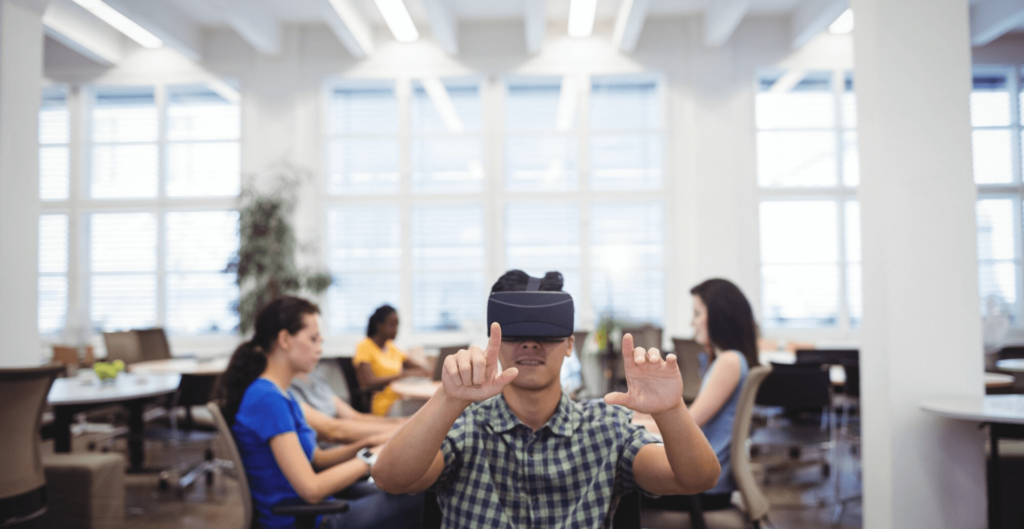
Augmented Reality (AR) and Virtual Reality (VR) are two of the most exciting technologies shaping the future of digital interaction. While both offer immersive experiences, they are fundamentally different in how they operate and the experiences they provide. In this blog, we’ll explore the key differences between AR and VR, their applications, and how they are transforming various industries.
What is Augmented Reality (AR)?
Definition
Augmented Reality overlays digital information—such as images, sounds, or other data—onto the real world. AR enhances the user’s perception of reality by adding virtual elements to the physical environment. This is typically done through devices like smartphones, tablets, or AR glasses.
How It Works
AR uses a camera to capture the real world and then superimposes digital elements onto this live view. Advanced AR systems use sensors, cameras, and algorithms to detect and map the surrounding environment, allowing digital content to interact with physical objects in real-time.
What is Virtual Reality (VR)?
Definition
Virtual Reality, on the other hand, creates a completely immersive digital environment that replaces the real world. Users are fully immersed in a virtual setting, which can be entirely fictional or a digital recreation of real-world locations. This experience is typically facilitated through VR headsets and motion-tracking devices.
How It Works
VR systems use headsets with built-in screens and sensors to track the user’s head and body movements. These devices render a 3D environment that moves with the user, creating a sense of presence and immersion. Hand controllers and other input devices enable interaction within the virtual world.
Key Differences Between AR and VR
Immersion
- AR: Enhances the real world by overlaying digital elements. Users remain aware of and interact with their physical environment.
- VR: Provides a fully immersive experience, replacing the real world with a virtual one. Users are isolated from their physical surroundings.
Equipment
- AR: Requires devices like smartphones, tablets, or specialized AR glasses (e.g., Microsoft HoloLens, Magic Leap).
- VR: Requires VR headsets (e.g., Oculus Rift, HTC Vive, PlayStation VR) and often additional peripherals like hand controllers.
Applications
- AR: Used in applications that benefit from combining digital information with the physical world, such as:
- Retail: Virtual try-ons and product visualizations.
- Navigation: Enhanced GPS with real-time overlays.
- Education: Interactive learning experiences.
- Gaming: Games that integrate with real-world environments (e.g., Pokémon GO).
- VR: Used in applications that require complete immersion, such as:
- Gaming: Fully immersive games that transport users to different worlds.
- Training: Simulations for medical, military, and industrial training.
- Entertainment: Virtual tours, movies, and immersive experiences.
- Therapy: Treatment for phobias, PTSD, and other mental health conditions.
Interaction with Reality
- AR: Augments reality by adding digital elements to it. Users interact with both the real and virtual worlds simultaneously.
- VR: Creates an entirely separate digital environment. Users interact solely within the virtual world.
Conclusion
While both Augmented Reality and Virtual Reality offer unique and transformative experiences, they serve different purposes and applications. AR enhances our interaction with the real world by adding a layer of digital information, making it ideal for applications where context and real-world interaction are crucial. VR, on the other hand, provides an immersive escape from reality, making it perfect for environments that require full immersion and engagement.
As these technologies continue to evolve, we can expect to see even more innovative applications that leverage their unique capabilities. Understanding the differences between AR and VR is essential for businesses and developers looking to harness their potential and create impactful experiences.


